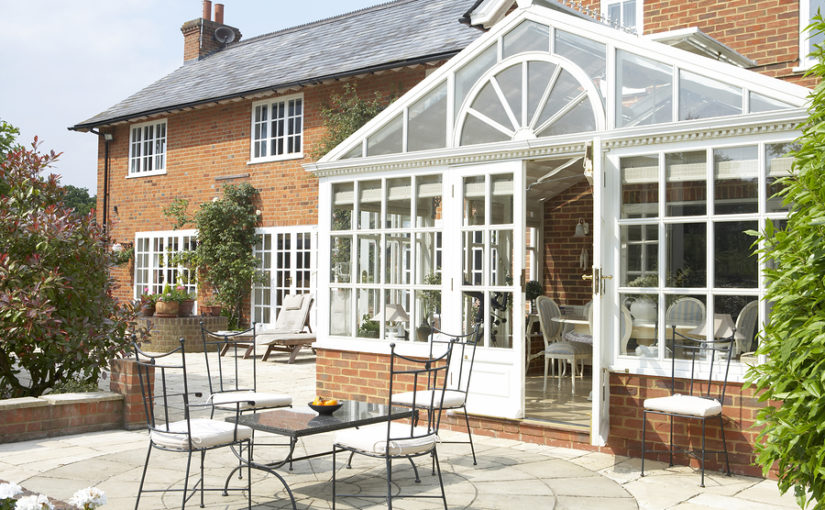Building a conservatory was once the go-to home improvement for households up and down the UK, not to mention a significant status symbol when it came to resale value – but is this still the case in the 21st century?
Conservatories are just one way of adding indoor space to a property, along with single-storey and over-garage extensions, loft conversions, habitable basements and so on.
And in terms of adding value, there are even more options, such as updating an old bathroom or kitchen, installing cavity wall insulation or fitting new central heating.
With all of these options, are conservatories still holding their own as Millennials reach homeowner age?
Who’s building conservatories?
Research by the National Association of Estate Agents’ Propertymark scheme last year found that 42% of British homeowners have spent on significant home improvements in the past five years.
Of those, 11% built a conservatory at an average cost of £4,310 each. The research also found that only a quarter of home improvements are made with the intention to add value, while 13% are to increase living space.
Mark Hayward, chief executive of NAEA Propertymark, said: “Your house will almost certainly be more attractive to buyers with some general sprucing up and cleaning, and improvements that create a sense of space, privacy and give a great first impression will increase saleability.”
Is it worth it?
Opinions vary on how much value a conservatory can add. Price comparison site GoCompare conducted its own research in the summer of 2018 and found 26% of people carry out home improvements to add value – similar to the NAEA figure – but that a slightly lower 8% opt to build a conservatory.
Its Property Investment Calculator estimates the cost of building a conservatory at £7,500 and predicts a 4% increase in value, meaning your home would need to be worth more than £187,500 to begin with for a conservatory to put you in profit.
But London estate agents Portico say a conservatory can add as much as 10% in value – and using the NAEA’s average cost of just £4,310, that means any property valued at over £43,100 could stand to profit from adding a conservatory.
Robert Nicholes, managing director of Portico, also points out that planning permission usually is not required for a conservatory, as long as it does not cover more than half of the original size of the house.
Do buyers want conservatories?
Some do – a separate piece of research by GoCompare last year found that conservatories are not among the top 20 ‘must haves’ for buyers, ranking behind things like central heating, secure doors and windows, double glazing and outdoor garden space.
But about one in five buyers consider conservatories a ‘would like to have’ item, ranking them higher than good local schools, real wood floors, period features and open-plan living spaces.
And surprisingly, small business owners could consider them even more valuable, as research from Direct Line found that 8% of SME-owners have used their home conservatory as a makeshift stock room at some point.
With 3.6 million SMEs in the UK that handle physical stock and 71% who have stored that stock at home, that’s a massive 204,000 businesses with stock in their conservatories – a sign of how this entrepreneurial generation is finding new uses for their home refurbishments and extensions.
